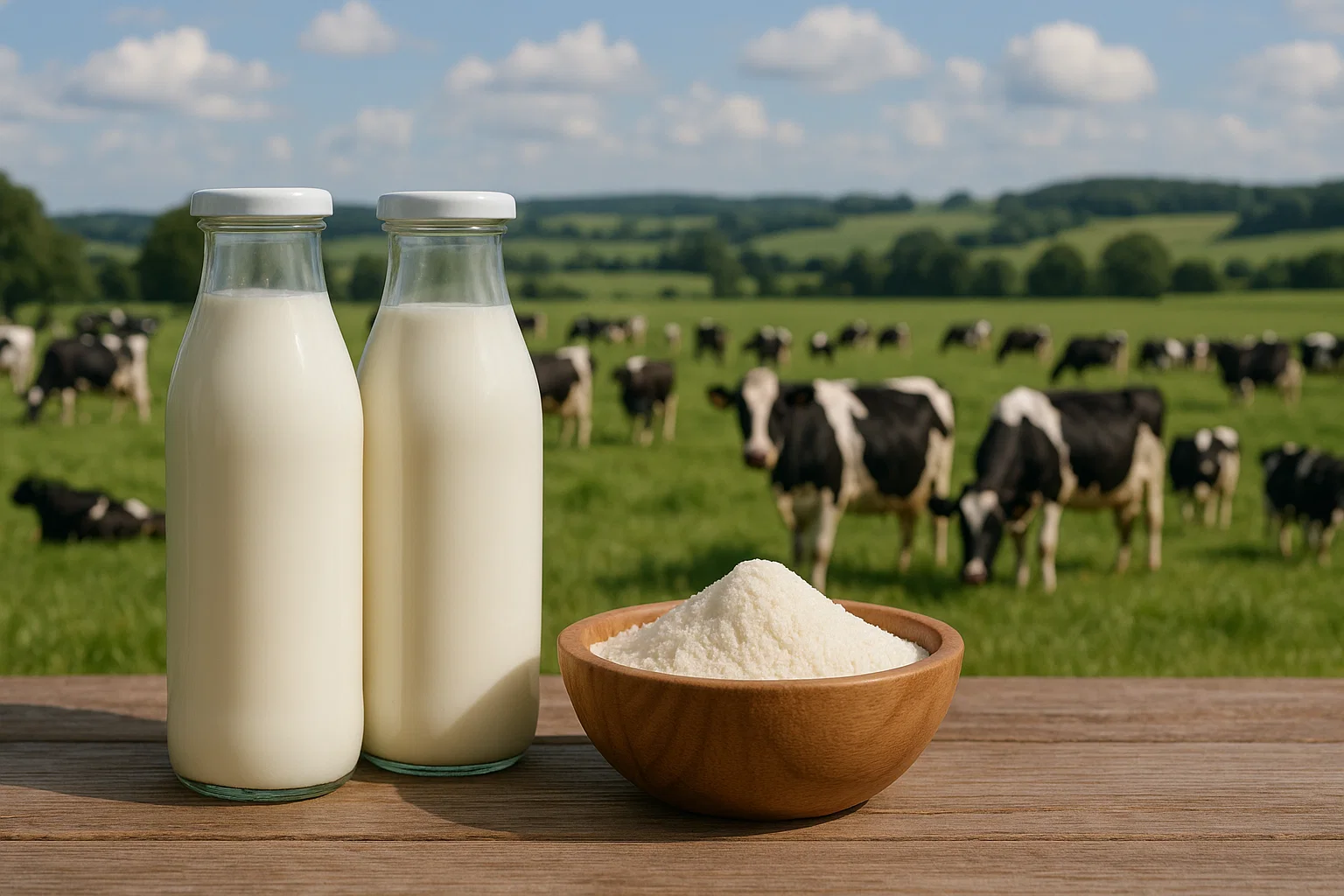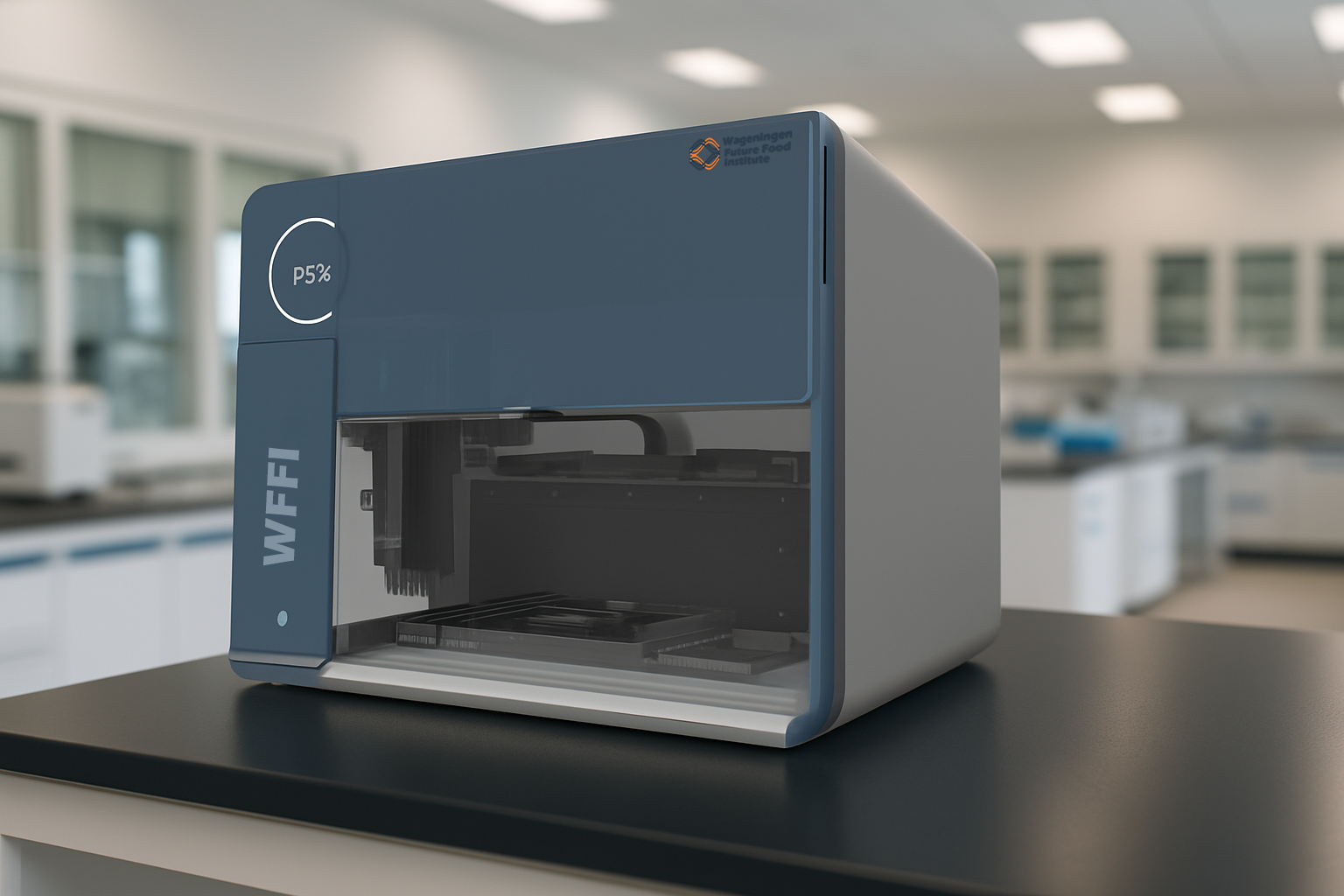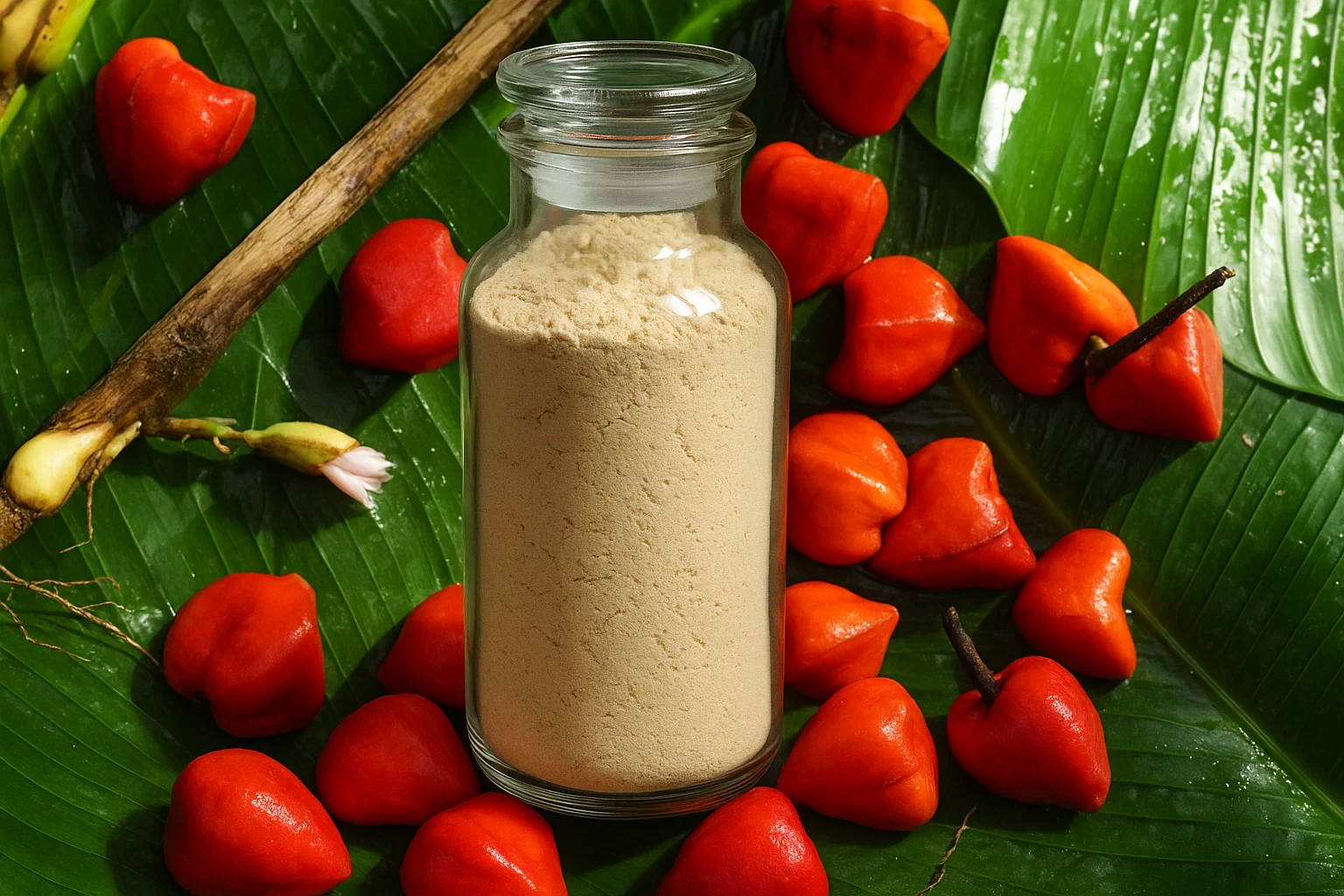Current Projects
Exploring innovative biotechnology solutions for sustainable protein production and food innovation

Cow-free Lactoferrin Production
This collaborative research project brings together teams from multiple universities to evaluate a novel bioengineered protein: precision fermentation–derived lactoferrin.
Lactoferrin is a multifunctional glycoprotein known for its antimicrobial, anti-inflammatory, and immunomodulatory properties. Traditionally sourced from bovine or human milk, our team aims to replicate its bioactivity through precision fermentation using engineered yeast strains.
Research Goals: Assess how our recombinant lactoferrin compares to natural counterparts during digestion, focusing on peptide release patterns, preservation of glycosylation sites, and biochemical differences after digestion.
Learn More

Smart Instruments for Precision Fermentation
Revolutionizing protein production through AI-powered automation and sustainable biotechnology.
By combining cutting-edge artificial intelligence with advanced industrial manufacturing, our team designs and builds purpose-driven instruments tailored for precision fermentation workflows. These tools automate labor-intensive steps in microbial screening and protein development.
Key Innovation: Our in-house Microbial Colony Picker utilizes state-of-the-art computer vision, providing both compact (8-channel) and high-throughput (24-channel) models for precise and rapid colony identification and isolation.
Learn More

Sweet Proteins and Thermostability
Revolutionizing protein engineering through AI-driven design of heat-stable sweet proteins for sustainable food applications.
Sweet proteins offer a revolutionary approach to reducing sugar consumption while maintaining the sweet taste that consumers crave. However, they must remain stable under heat during food processing to preserve their function.
AI-Driven Solutions: Leveraging evolutionary sequence data and advanced AI models to accelerate the context-specific design of thermostable proteins, including sweet proteins, without relying on supervised training or exhaustive datasets.
Learn More